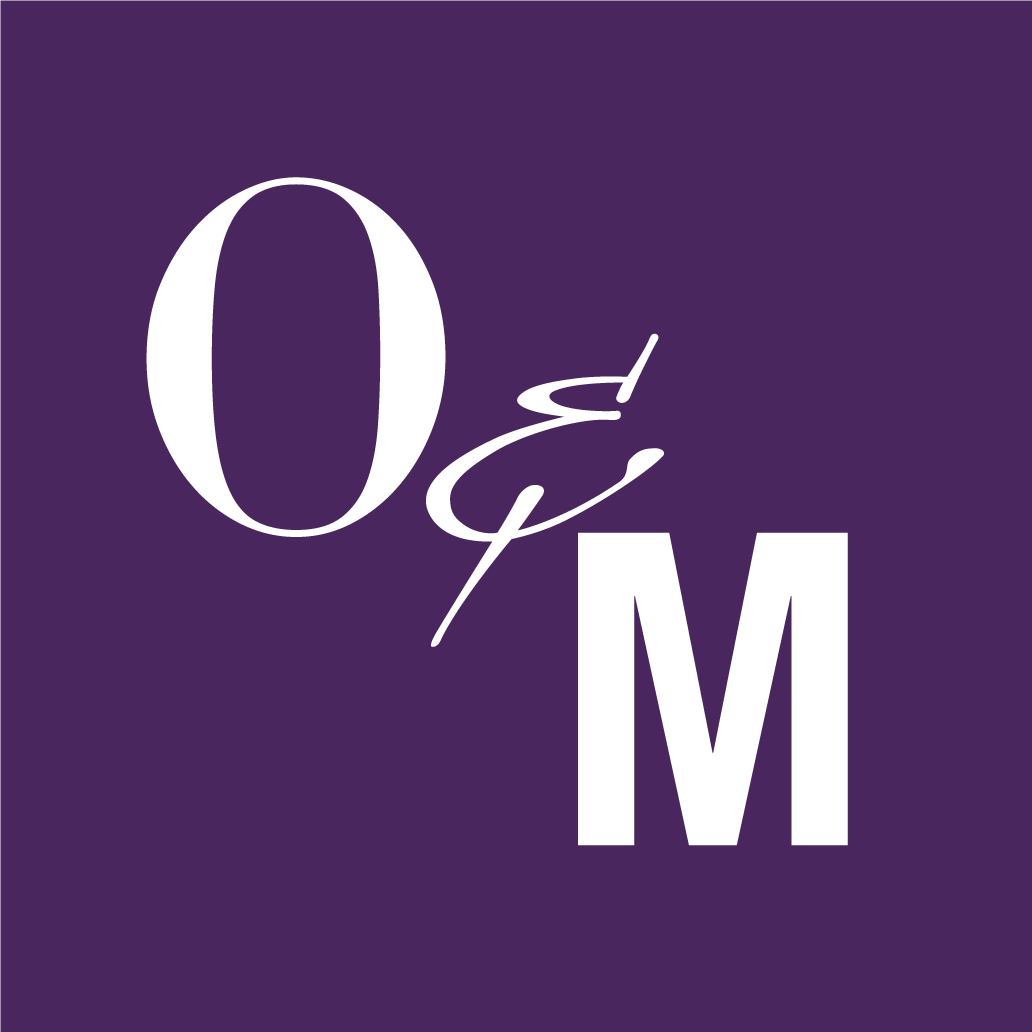Threshold for filing Form 1099-K
Banks and online payment networks-payment settlement entities (PSEs) or third-party settlement organizations (TPSOs)-must report payments in a trade or business to the IRS and payees on Form 1099-K, Payment Card and Third-Party Transactions. These entities include Venmo and CashApp, as well as gig economy facilitators such as Uber, Door Dash and TaskRabbit to name a few.
Lower threshold: Congress dropped the minimum threshold for PSEs to file Form 1099-K for a taxpayer from $20,000 of reportable payments made to the taxpayer and 200 transactions to $600 starting in 2022. The lower threshold for filing Form 1099-K means if you participate in gig economy you will be getting Form 1099-K for the first time.
Bills have been introduced in congress to raise the limits back to $20,000/200 transactions, but there is no guarantee that they will pass. As a taxpayer you should be reporting income from your side employment, whether it’s reported to the IRS or not.
Freelancers who make money from, for example, an Etsy business or driving for Uber or Door Dash should be paying taxes on this income. Another example would be hiring out your services on TaskRabbit or doing side gigs and getting paid through Venom or CashApp.
What this means is that you will be receiving Form 1099-K in January 2023 many for the first time. You will need to report this gross amount on your income tax return.
There are ways you can help off-set this income with deductions and good record keeping.
1. Separate Personal and Income-Generating Payments. You should separate taxable gross receipts received through a PSE that are income from personal expenses, such as splitting the check at a restaurant or giving a gift. It is best to maintain separate accounts for each kind of payment.
2. Start Tracking Deductions. Deductions will vary based on the nature of your side work. Some common expenses in the gig economy include vehicle expenses and cell phone and internet service. In addition, if you sell products on line you will need to account for your inventory costs.
Vehicle expenses/mileage. The main expenses for rideshare and delivery drivers is vehicle expenses. You may deduct either the actual cost of using the vehicle in a trade or business or claim a per mile deduction allowance, which is 58.5 cents per mile from January 1st to June 30th and 62.5 cents per mile from July 1st to December 31st in 2022. If you are driving to pick up fares you can record those miles; not just the expenses incurred when the driver has a passenger in the care. Be careful not to record any mileage that is for personal business.
Cell phone and internet service. Some side gigs require taxpayers use their cell phone or internet. You will need to provide a bill. Please show the allocation between personal and business use. Cell phones store call logs/browser history/e-mail history, which can be used to substantiate business use.
Selling products online. As long as you meet the gross receipts test (i.e., your average annual gross receipts over a three-year period does not exceed $27 million), you are not required to use inventories to account for your costs of producing goods. Instead, the taxpayer can either treat inventory as non-incidental materials and supplies or conform its treatment to the method reflected your book and records.
3. What to do now. Begin collecting necessary information now so you can increase your tax withholding or, if necessary, make estimated tax payments to avoid penalties.
Make sure payments are being recorder accurately.Payments received in a trade or business should be separated from personal payments for things such as check-splitting at restaurants or gifts. Record all business income and all business expenses.
